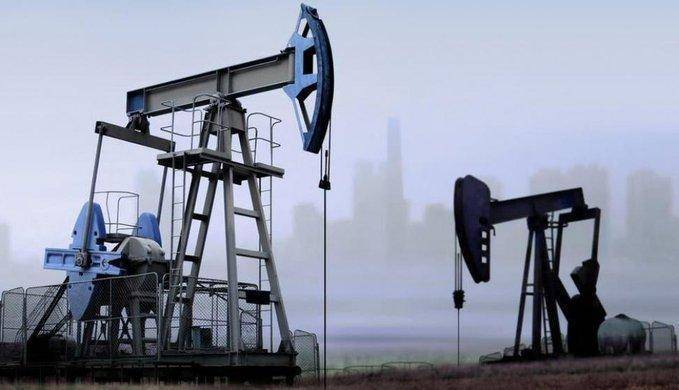Oil prices increased on Friday as geopolitical tensions and disruptions in U.S. oil production due to cold weather overshadowed concerns about a slowdown in demand growth in China and expectations of increased supply. By 07:15 GMT, Brent crude futures rose two cents to $79.12 per barrel, while U.S. West Texas Intermediate crude futures increased by 13 cents to $74.21. Both benchmarks gained nearly two percent on Thursday, with the International Energy Agency joining the Organization of the Petroleum Exporting Countries (OPEC) in forecasting strong global oil demand growth. The two benchmarks are likely to end the week up between one and two percent.
The International Energy Agency raised its global oil demand growth forecast for 2024 again on Thursday, although its figures remain lower than OPEC's predictions. It stated that the market appears to be well-supplied due to strong growth in non-OPEC countries. The agency predicts global oil supplies will rise by 1.5 million barrels per day to a new level of 103.5 million barrels per day in 2024, supported by record output from the United States, Brazil, Guyana, and Canada.
Pakistan launched strikes against separatist militants inside Iran on Thursday after Tehran announced it had targeted the bases of another group within Pakistani territory. Hiroyuki Kikukawa, head of the NS Trading unit at Nissan Securities, mentioned that alongside tensions in the Middle East, there are also concerns that U.S.-China conflict may capture attention again with the upcoming U.S. elections, which would negatively impact energy demand. He added, "Unless tensions in the Middle East escalate more rapidly, West Texas Intermediate crude is likely to trade in a range between $70 and $76."
Data from consulting firm Fortexas indicated that tanker movements through the Bab-el-Mandeb Strait from January 13 to 17 decreased by 58 percent compared to the same period in 2023. The Houthis continued to attack U.S. ships on Thursday, nearly a week after the United States and Britain launched strikes against Houthi sites in Yemen. The U.S. Energy Information Administration reported a larger-than-expected drop in crude oil inventories of 2.5 million barrels due to strong refinery demand for the week ending January 12. However, gasoline and distillate stocks rose to their highest levels in several years.




